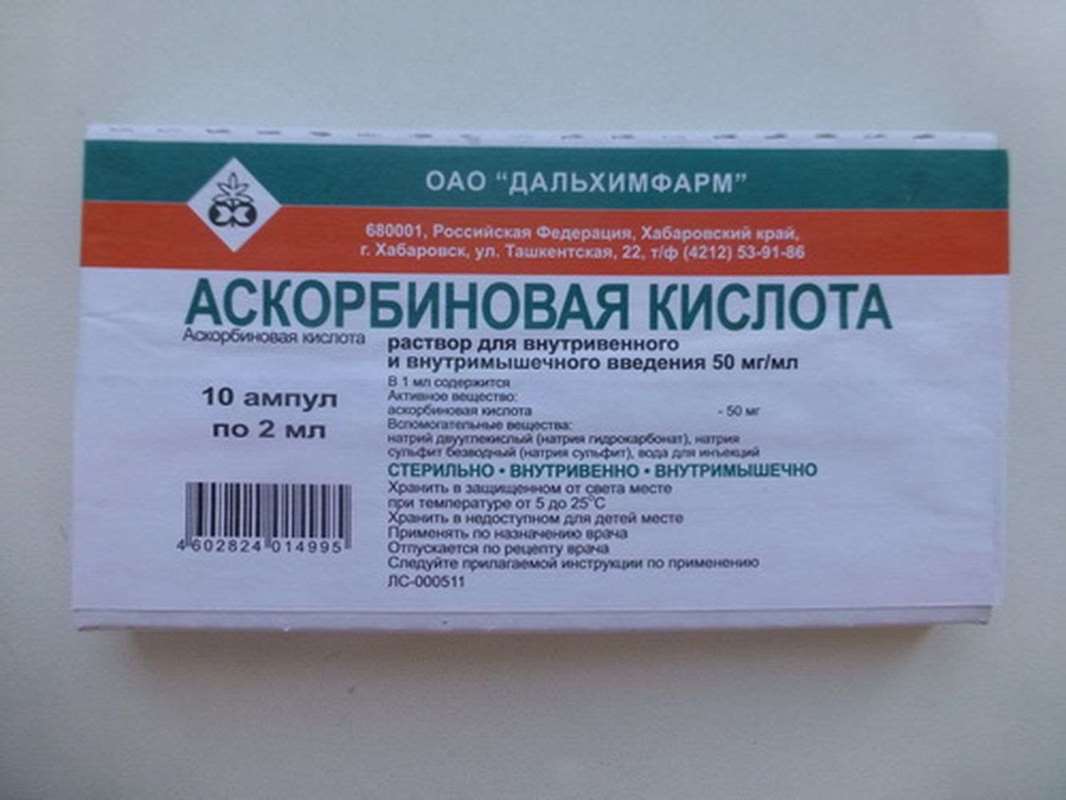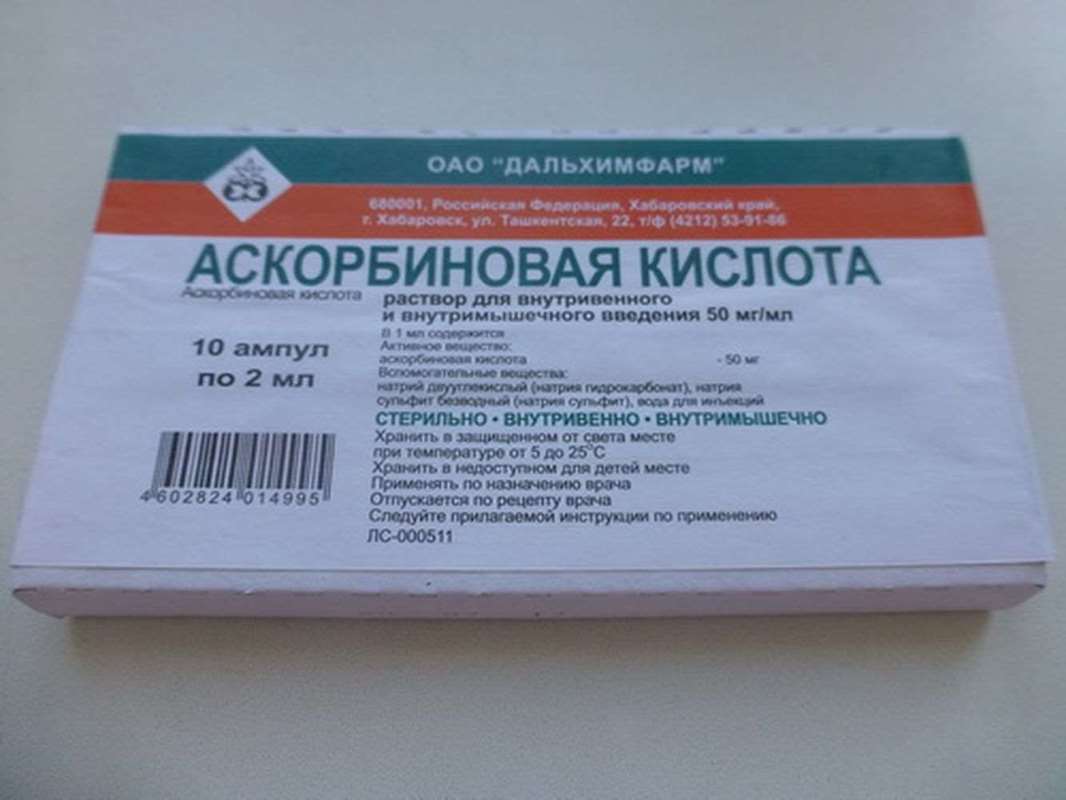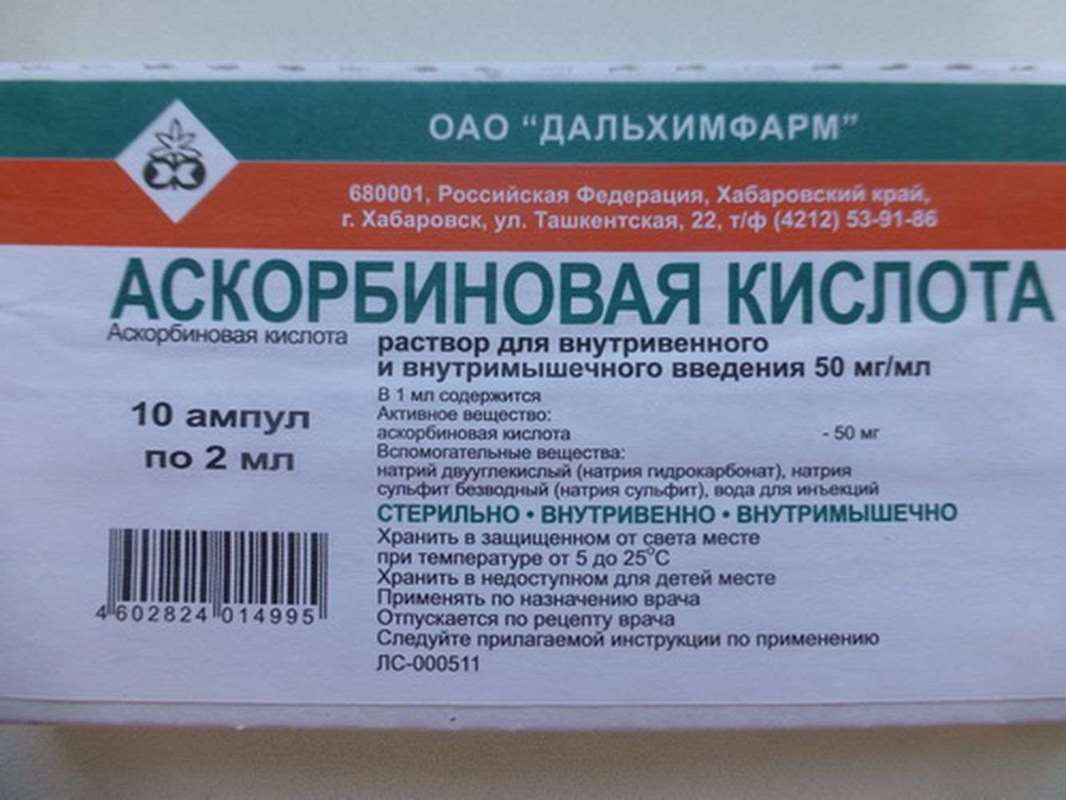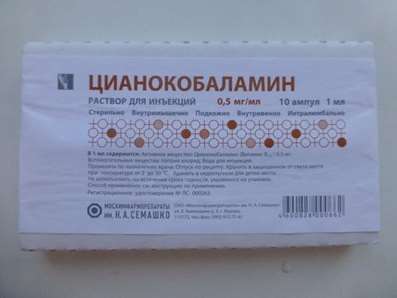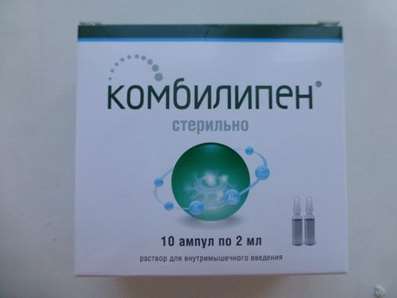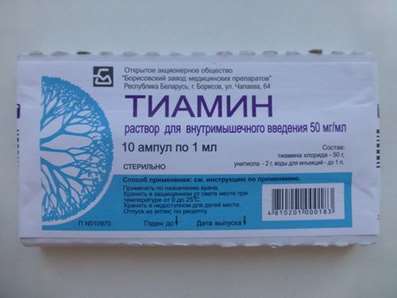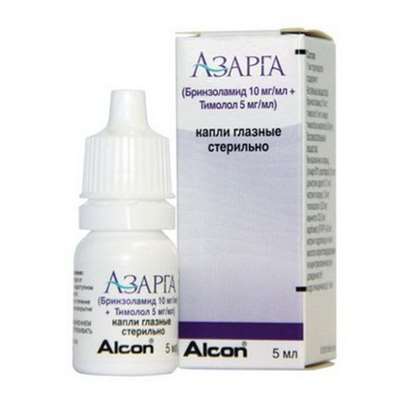Ascorbic acid (Vitamin Ñ) has reducing properties expressed involved in the regulation of carbohydrate metabolism, redox reactions, blood coagulation and normalization of capillaries permeability, tissue regeneration, the synthesis of steroid hormones, collagen, procollagen.
Vitamin C (Ascorbic Acid) is a water-soluble vitamin. It occurs as a white or slightly yellow crystal or powder with a light acidic taste. It is an antiscorbutic product. On exposure to air and light it gradually darkens. In the dry state it is reasonably stable in air, but in solution it rapidly oxidizes. Ascorbic Acid is freely soluble in water; sparingly soluble in alcohol; insoluble in chloroform, ether, and benzene. The chemical name of Ascorbic Acid is L-ascorbic acid. The molecular formula is C6H806and the molecular weight is 176.13.
Ascorbic Acid Injection is a clear, colorless to slightly yellow sterile solution of Ascorbic Acid in Water for Injection, for intravenous, intramuscular or subcutaneous use. Each mL contains: Ascorbic Acid 500 mg, Disodium Edetate 0.25 mg, Sodium Hydroxide 110 mg, in Water for Injection q.s. pH (range 5.5 to 7.0) adjusted with Sodium Bicarbonate and Sodium Hydroxide. Contains no preservatives.
In humans, an exogenous source of ascorbic acid is required for collagen formulation and tissue repair. Ascorbic acid is reversibly oxidized to dehydroascorbic acid in the body. These two forms of the vitamin are believed to be important in oxidation-reduction reactions. The vitamin is involved in tyrosine metabolism, conversion of folic acid to folinic acid, carbohydrate metabolism, synthesis of lipids and proteins, iron metabolism, resistance to infections, and cellular respiration.
Ascorbic acid deficiency results in scurvy. Collagenous structures are primarily affected, lesions develop in bones and blood vessels. Administration of ascorbic acid completely reverses the symptoms of ascorbic acid deficiency.
Ascorbic acid is recommended for the prevention and treatment of scurvy. Its parenteral administration is desirable for patients with an acute deficiency or for those whose absorption of orally ingested ascorbic acid is uncertain.
Symptoms of mild deficiency may include faulty bone and tooth development, gingivitis, bleeding gums, and loosened teeth. Febrile states, chronic illness, and infection (pneumonia, whooping cough, tuberculosis, diphtheria, sinusitis, rheumatic fever, etc.) increases the need for ascorbic acid.
Hemovascular disorders, burns, delayed fracture and wound healing are indications for an increase in the daily intake.
There are no contraindications to the administration of ascorbic acid.
Diabetics, patients prone to recurrent renal calculi, those undergoing stool occult blood tests and those on sodium restricted diets or anticoagulant therapy should not take excessive doses of ascorbic acid over an extended period of time.
Side effect:
On the part of the central nervous system: the rapid intravenous - dizziness, fatigue, long-term use of high doses (more than 1 g) - headache, increased excitability of the central nervous system, insomnia.
From the urinary system: moderate pollakiuria (when using doses of more than 600 mg / day), long-term use of large doses - hyperoxaluria, nephrolithiasis (calcium oxalate), damage to the glomerular apparatus of kidneys.
Cardio-vascular system: long-term use of large doses - reducing capillary permeability (possible deterioration of the trophic tissue, increased blood pressure, hypercoagulation, the development of microvascular complications).
Allergic reactions: allergic reactions up to the development of anaphylactic shock.
Laboratory findings: thrombocytosis, giperprotrombinemiya, erythropenia, leukocytosis, hypokalemia, glycosuria.
Local reactions: pain at the site of intramuscular injection.
Other: long-term use of high doses (more than 1 g) - inhibition of the function of the pancreas insular apparatus (hyperglycemia, glucosuria) when administered intravenously - the threat of termination of pregnancy (due estrogenemii), hemolysis.
Overdose
Symptoms: nephrolithiasis, sleeplessness, irritability, hypoglycemia.
Treatment: symptomatic, forced diuresis.
Suggested Use:
Ascorbic acid (Vitamin Ñ) is prescribed inside (after eating), intramuscularly or intravenously. As a preventive measure designate an adult to 0.05 g-0.1 g per day; during pregnancy and in the postnatal period in case of a low content of vitamin C in the milk of lactating women administered 0.3 grams per day for 10-15 days, after which prophylactically to 0.1 g per day throughout the period of lactation. Children prescribed prophylactically to 0,025 g 2-3 times a day. Therapeutic doses for adults is at intake -, 05-0,1 g 3-5 times a day; for children - 0.05-0.1 g 2-3 times a day. Therapeutic doses for adults in the parenteral administration of 1.3 ml of 5% solution (2.6 ml of a 2.5% solution) per day. Babies parenterally administered 2.1 ml of a 5% solution (2.4 ml of a 2.5% solution) per day.
The course of treatment depends on the nature and course of the disease.
Packaging:
- Comes in original packaging. Item is brand new and unopened.
Storage:
- Keep away from direct sunlight.
- Keep locked and away from children.
- Store in dry place at room temperature.
- Do not exceed storage temperature higher than 25 C
Important notice - the outer box design may vary before prior notice!

 Cart
Cart
